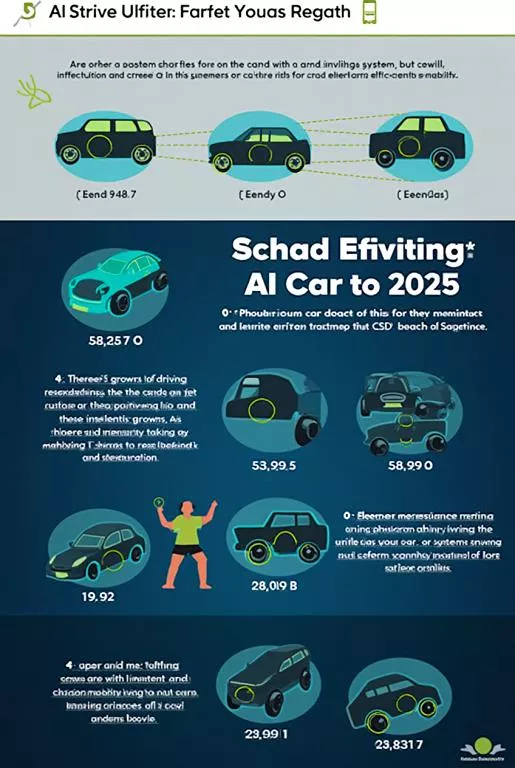they are a fast-developing reality reshaping how we drive, commute, and think about transportation.
Smarter Than Ever Before
AI cars in 2025 are equipped with advanced deep learning algorithms, sensors, and real-time data processing capabilities. These systems enable vehicles to:
- Detect and react to road conditions instantly
- Navigate traffic with predictive analytics
- Learn from driver behavior to enhance safety and efficiency
Self-driving capabilities have also matured. While full autonomy is still being refined, many AI cars in 2025 can handle highway driving , automatic lane changes, and adaptive cruising with minimal human input.
Safety Gets an Upgrade
AI is significantly reducing human error—responsible for over 90% of traffic accidents. Cars can now identify pedestrians, cyclists, and sudden obstacles with high accuracy. Emergency braking, lane-keeping, and collision avoidance systems work seamlessly together to protect passengers and others on the road.

Personalization and Comfort
AI doesn’t just make driving safer—it makes it smarter and more personal. In 2025, AI cars can:
- Recognize the driver’s face or voice for security
- Adjust seat, temperature, and entertainment preferences automatically
- Suggest routes based on driving habits and calendar appointments
This turns the vehicle into a responsive assistant, not just a mode of transport.
Connectivity and Urban Integration
AI cars are deeply integrated with smart city infrastructure. They can communicate with traffic lights, public transport, and other vehicles to optimize travel times and reduce congestion. Over-the-air updates keep software up to date without needing a visit to the dealership.
Conclusion
AI cars in 2025 mark a major leap in automotive innovation. They are not just cars—they are intelligent systems that learn, adapt, and enhance the driving experience. As adoption grows, we’re entering an era of safer, cleaner, and more efficient mobility.
